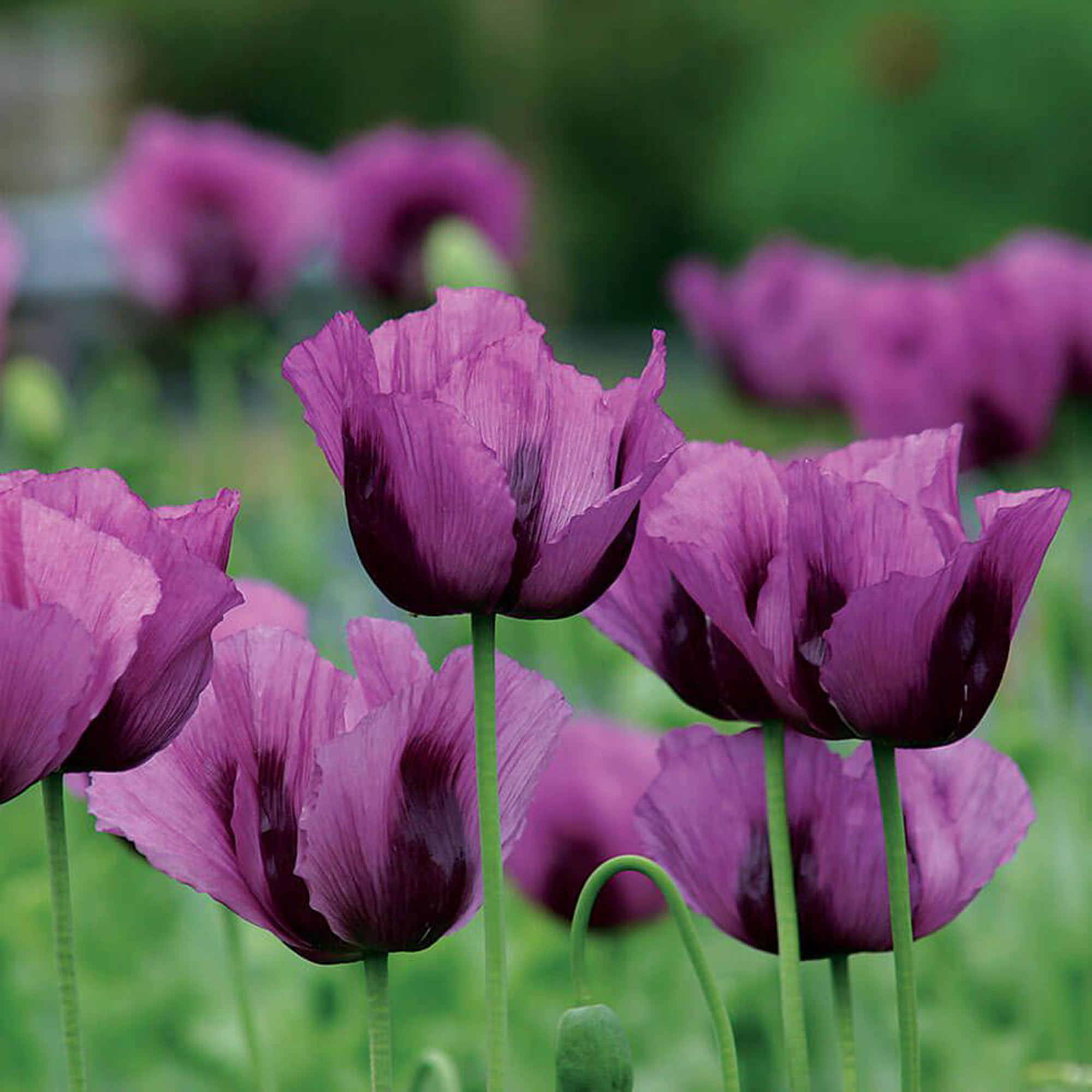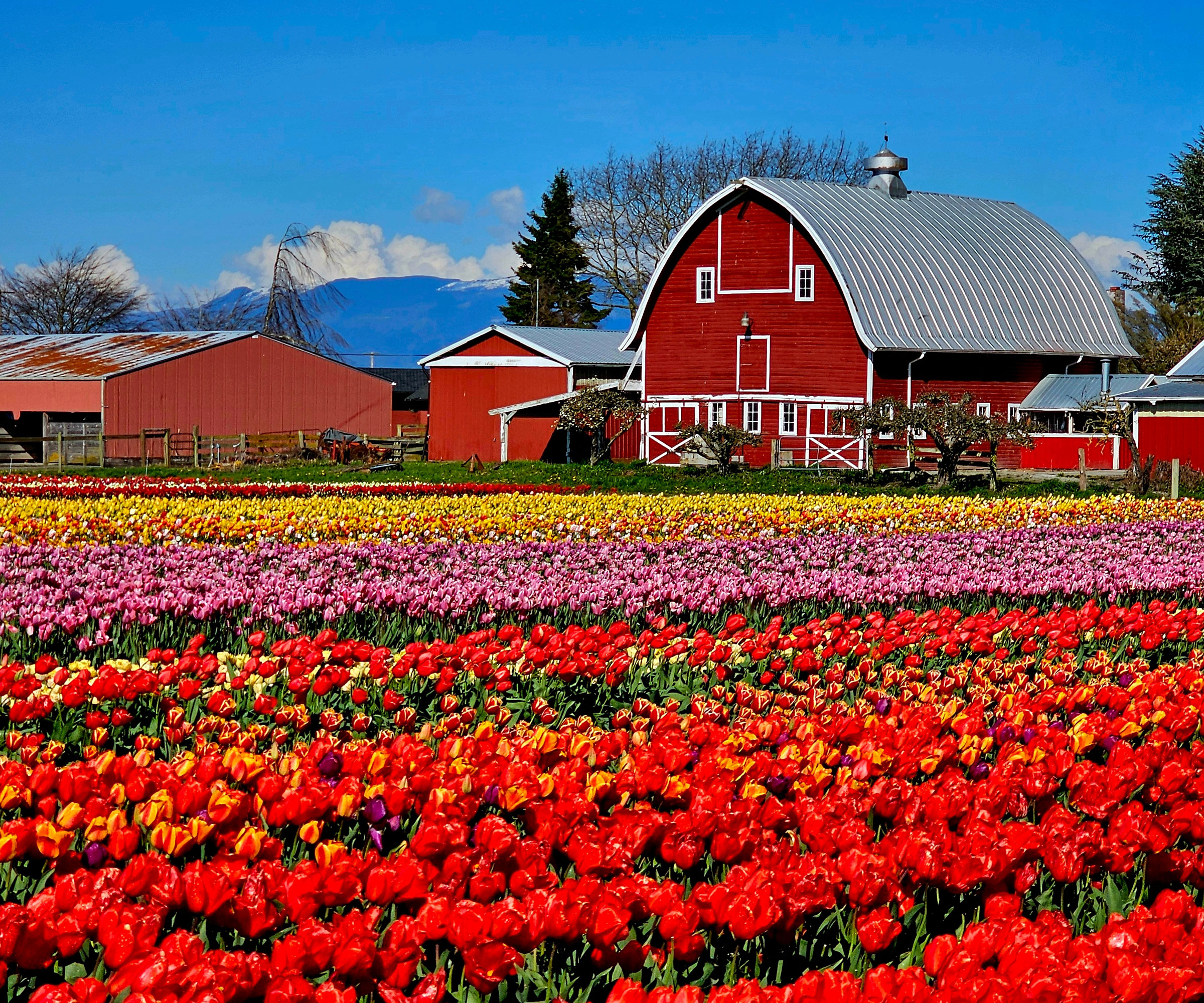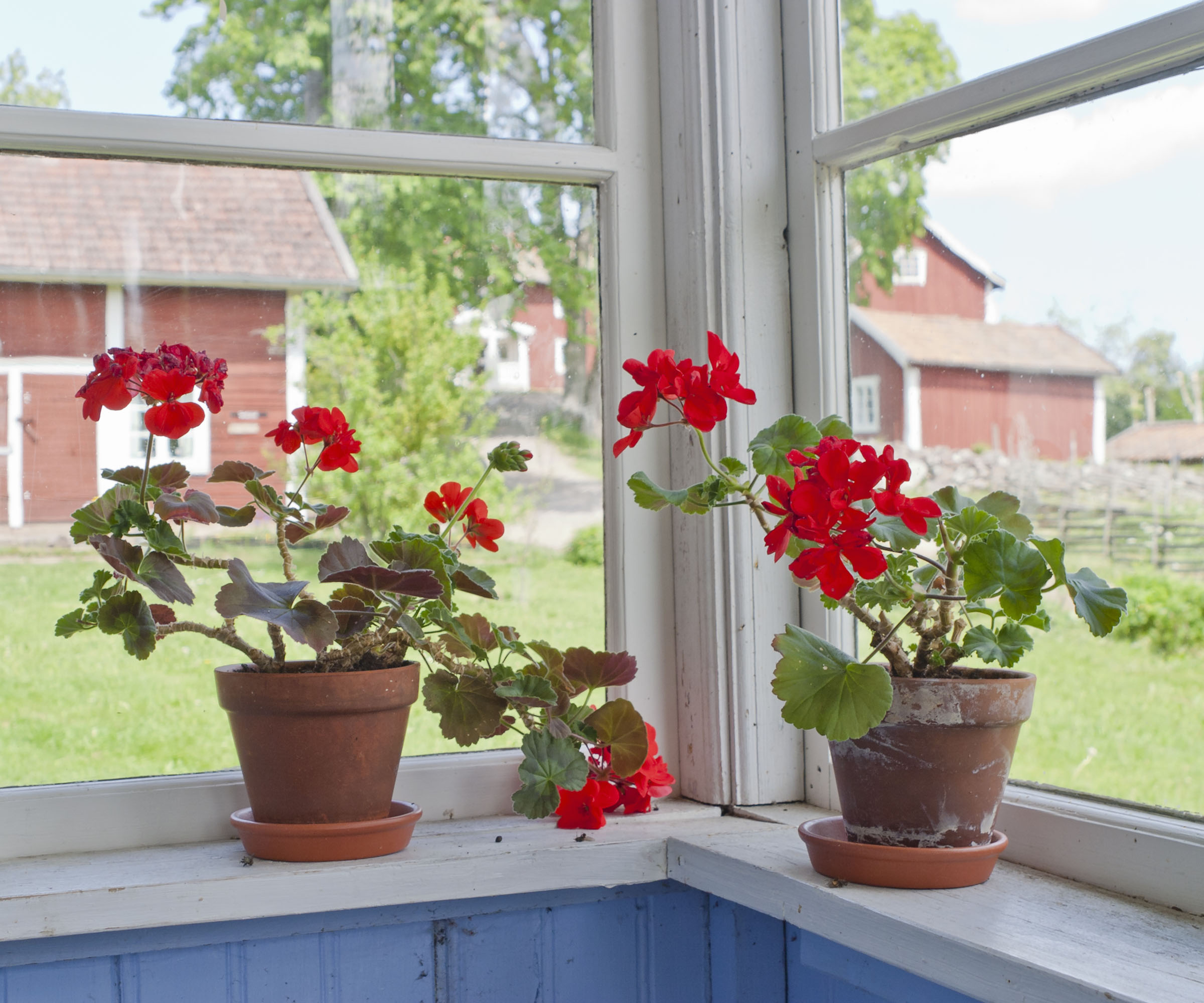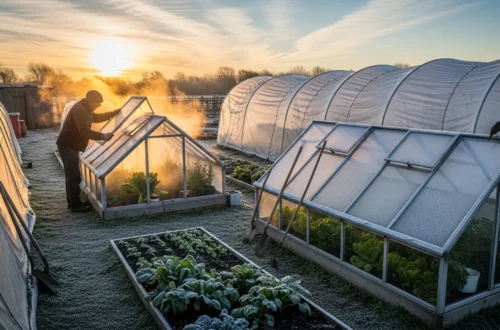Fans of Bridgerton probably noticed the romantic garden settings in the wildly popular show. Bridgerton was set in the Regency era, a time of fashion and refined style. The high society of the period followed a practice of le bon ton, or good manners. Everything in society had a way it should be done, and anything that was done, was done with good manners. In Bridgerton, flowers show up in almost every scene. In the real historical era, these flowers would be the product of the formal gardens that were part of the estate. If you wish to live in this picturesque period, a cutting garden allows you to bring the elegance of the outdoors into your home. Choose blooms that reflect the Regency style, and plant them in neat rows or bordered beds to echo the formal look of the time. With thoughtful planning, your garden can become both a source of beauty and a living connection to the refined traditions of the past.
Beyond their beauty, cutting gardens also served a practical purpose in Regency households. Fresh flowers were used to decorate dining tables, entry halls, and even personal writing desks, creating an atmosphere of refinement and grace. The presence of these arrangements was a subtle way to display both wealth and taste, reinforcing the ideals of le bon ton.
Today, recreating this tradition can be as simple or elaborate as you wish. Even a small patch of seasonal blooms can capture the spirit of the era, while larger, more formal plantings can transform your outdoor space into a scene worthy of a period drama. By blending historical inspiration with modern gardening techniques, you can enjoy a timeless connection to the elegance of Bridgerton’s world right in your own backyard.
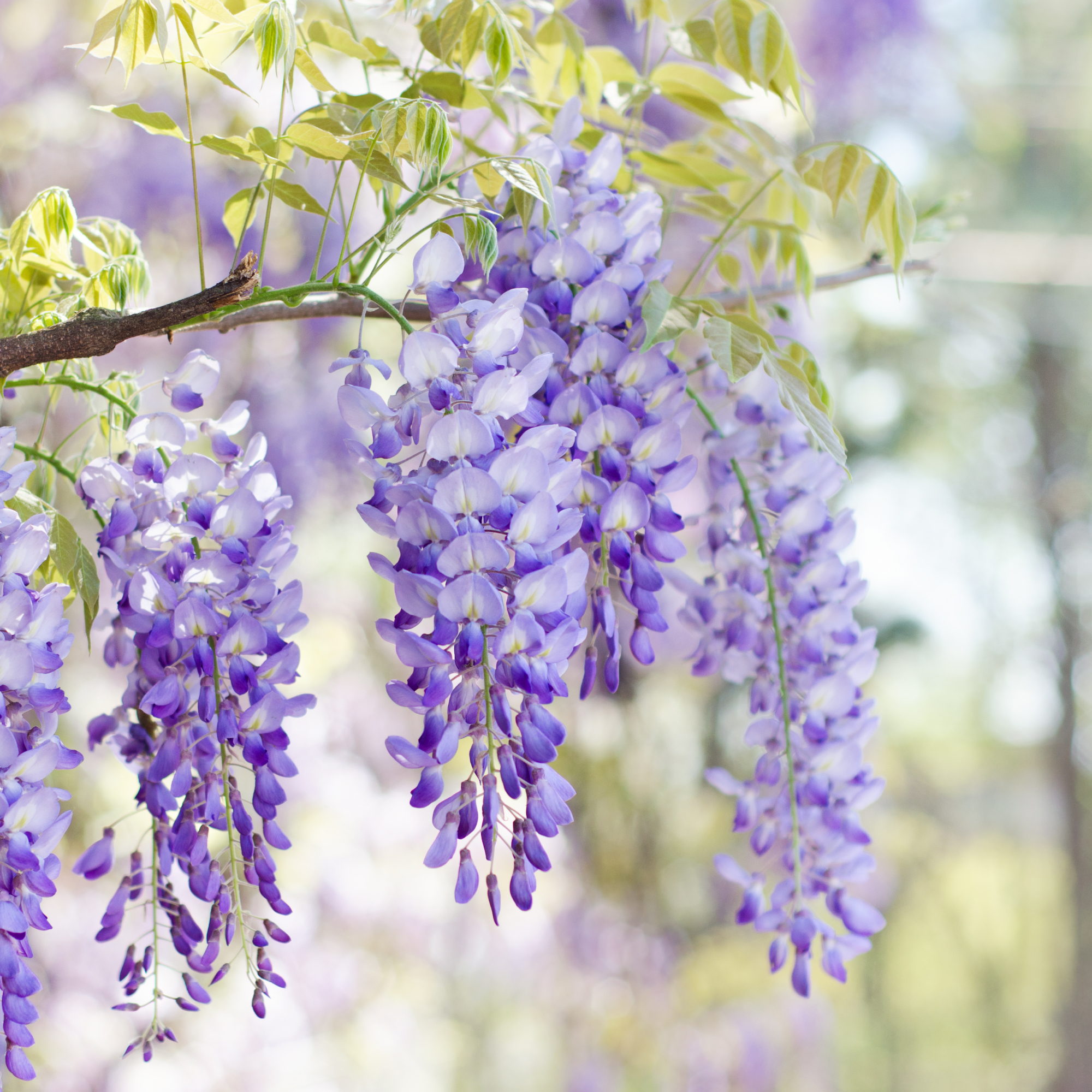
Gorgeous American Wisteria Vine
Regency Era Gardens
Regency era gardens were full of beautiful flowers as well as herbs and vegetables. Herbs could be used for medicinal purposes and in kitchens of both great estates and more humble accommodations. Pleasure gardens could be very formal with well-manicured hedges and flower beds or they could have a more wild and free appearance. No matter the size or design, these gardens were both beautiful and useful for herbs and vegetables (edible garden design)
Regency era gardens were not only characterized by the flowers, they were filled with spectacle, beauty, and gossip. They were places of pleasure where benches were tucked away in private nooks and pathways led the strolling gentlemen and ladies to places of beauty. Even those without private formal gardens could recreate in the public gardens. Often these would host entertainments such as dances and dinners. Pleasure gardens were a primary space for young men and women to interact freely and the flowers only enhanced the romantic atmosphere. A great way try and get this pleasure garden feel is to start a cut flower garden for beginners.
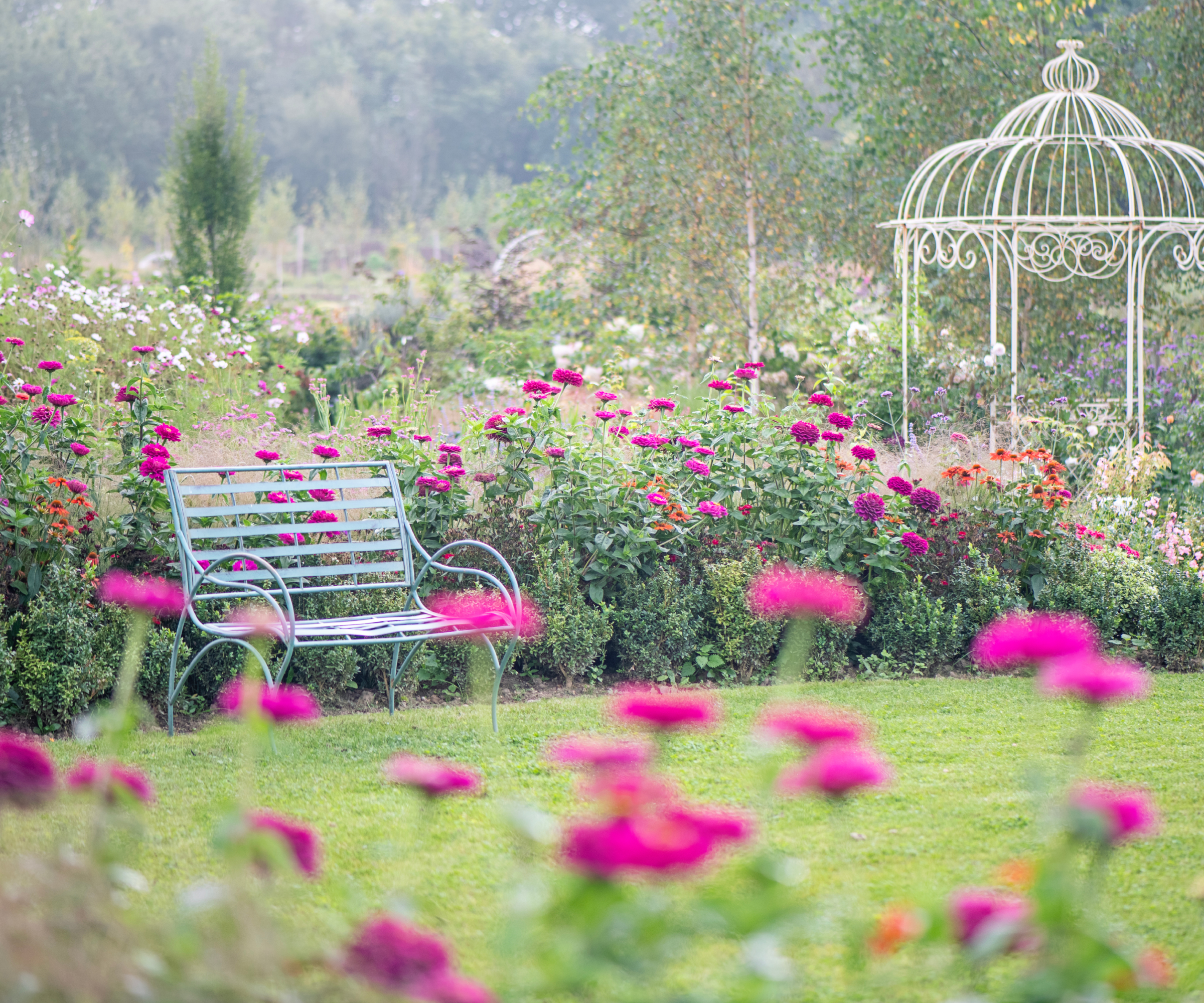
(Image credit: Jacky Parker Photography / Getty Images)
Wisteria
Wisteria is known for its clusters of lavender to blue flowers that cascade from the twining, woody stems (vertical gardening & trellis ideas). There are Chinese, Japanese, and American wisterias, but the Asian variety can become invasive. The Asian varieties bear more fragrance than the American wisteria plants, but this native beauty is an important host for several butterfly species. The leaves are alternate, compound, and average 1 foot (.3 m.) in length. Wisteria produces strong vines that twine around anything in their path. For vertical training, they need very stout support.
Hyacinth
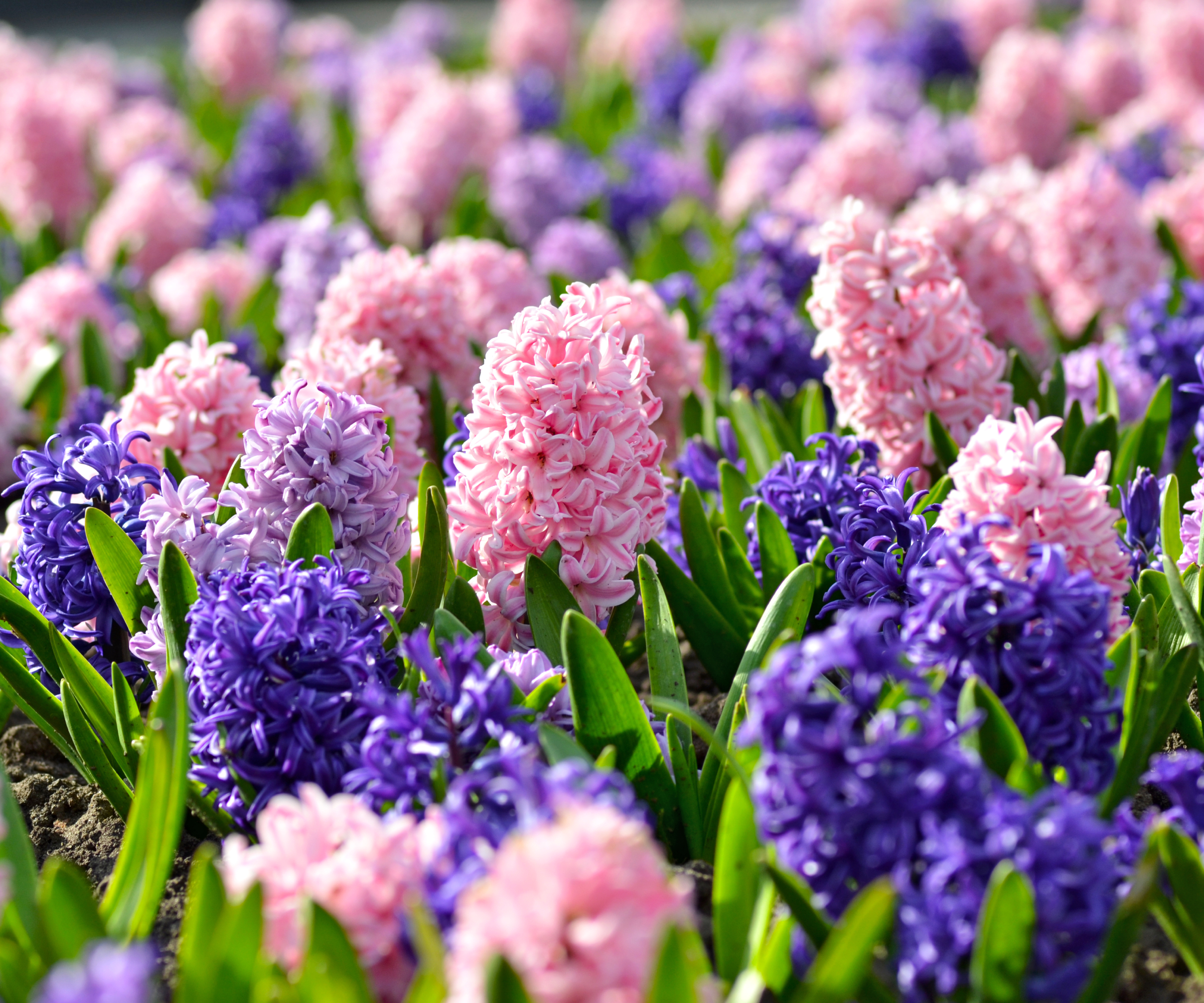
(Image credit: Belevantseva / Getty Images)
An intoxicating scent and attractive flower characterize hyacinths in the garden (old-fashioned & fragrant bulb varieties). This is a rather old-fashioned flower that stems from a bulb. The more common varieties are hues of purple, but there are also white and pink hybrids. The numerous small flowers are clustered into a cone shape. The blooms will last for up to 2 weeks and then should be cut off, allowing the slender leaves to gather solar energy and recharge the bulb. These gorgeous blooms will add a touch of romance and nostalgia to your garden and take you back in time.
Violet
All types of violets exude charm with their diminutive form and flowers that almost seem to have a face. Wild violets, or common blue violets, are native to North America (meadow flowers & low-maintenance groundcover ideas) where they colonize moist woods and wetlands. They spread by seed and rhizomes and can form dense mats of the brightly colored blooms. Interestingly, they have two kinds of flowers, the purple-blue and insignificant green blooms. It is these green flowers that ripen with seed and burst when dry, scattering seeds afar. They rarely get more than a few inches (7.62 cm.), a fact which enhances their diminutive, fairytale charm.
Rose
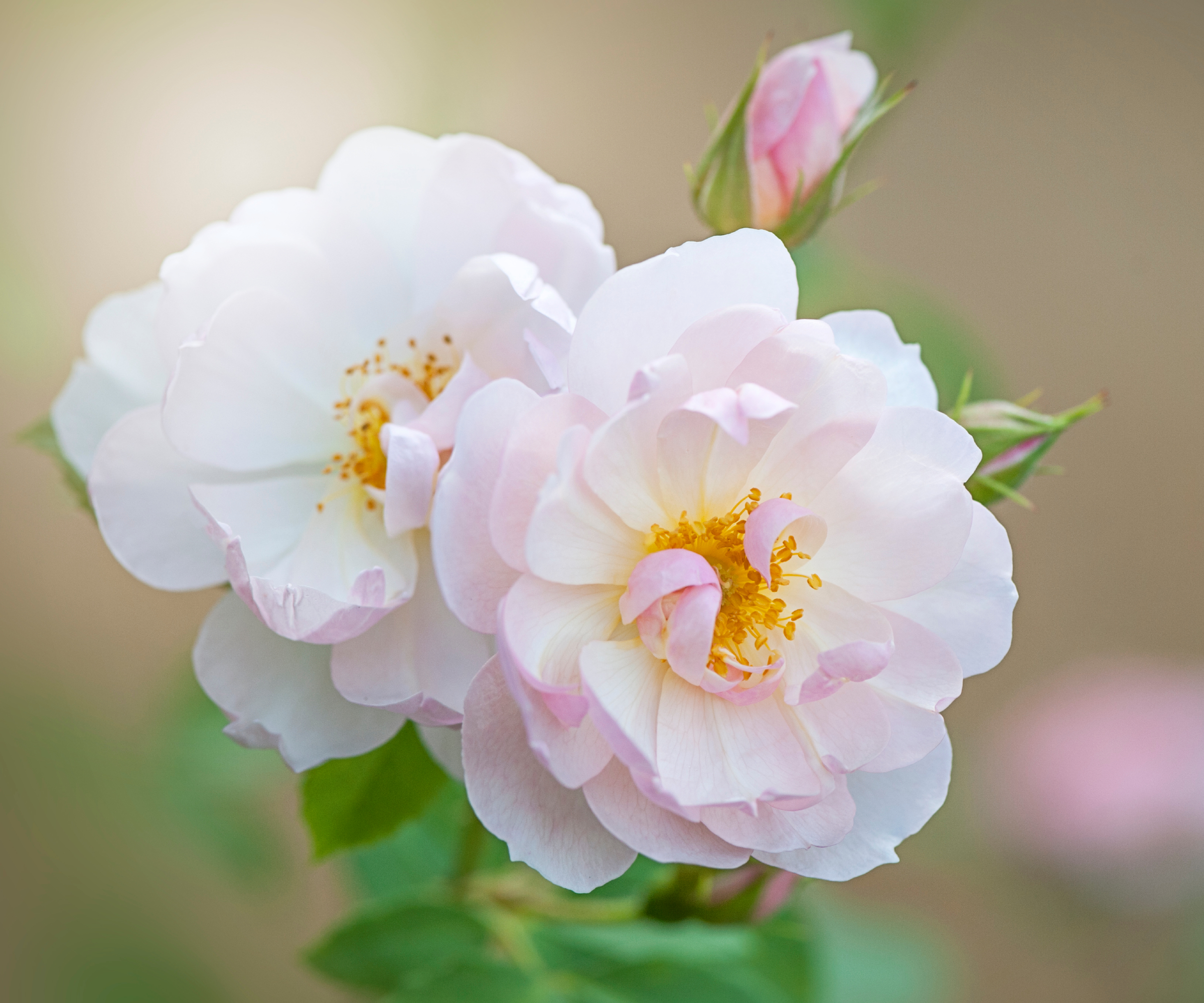
(Image credit: Jacky Parker Photography / Getty Images)
In older times, a garden wasn’t considered a garden without roses (rose varieties & modern cultivars). Roses are the very definition of romance and passion. So much so that they have become the floral symbol for Valentine’s Day. Roses need quite a bit of care and they are prone to many diseases and pests, but devoted gardeners can achieve perfect blooms that perfume the garden with their heady scent. There are over 30,000 types of rose in seven different classes. The Gardening Know How Shop has a brilliant selection of roses that will bring romantic charm to your space. With all these options, there is certainly a rose for every garden.
Blue False Indigo
Another flower perfect for Bridgerton gardens is blue false indigo (perennials & pollinator-friendly plants) This North American native is a long lived perennial plant that forms a clump adorned with dainty, deep blue, pea-like blooms. These flowers are primarily at the ends of the stems, giving the plant an airy, head in the clouds feel. The flowering racemes last just 2-3 weeks but the foliage is a soft bluish green and persists until the first frosts. This gorgeous native Blue Indigo can be found in the Gardening Know How Shop. This is an elegant plant with a history of medicinal use and reliable nature as it reappears every spring.
Tulip
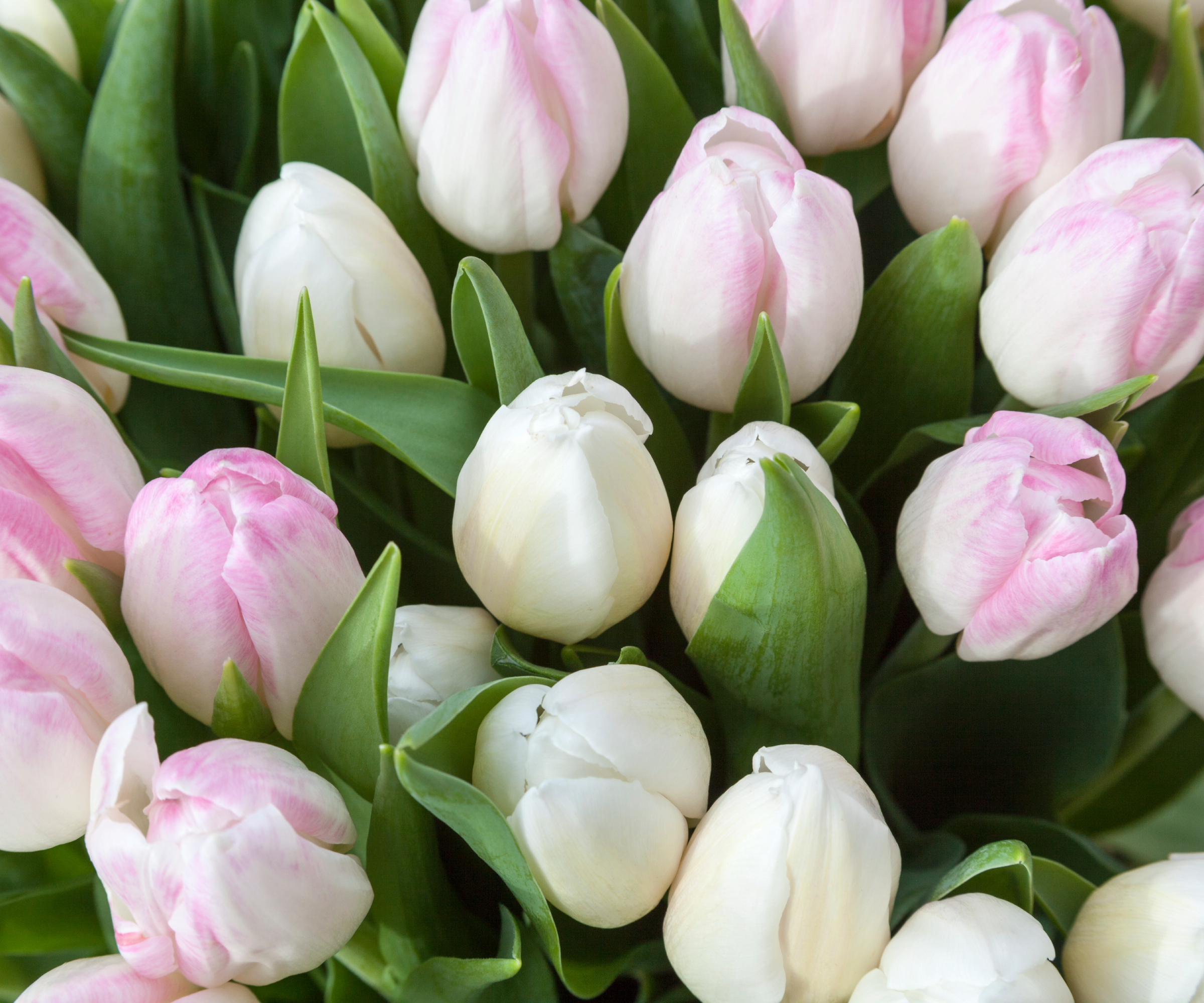
(Image credit: Melvyn Longhurst / Getty Images)
One of the most popular spring flowers are tulips (tulip varieties & spring bulb ideas). There are tulips in almost every color and many combine hues with varying patterns. There are also varieties with frilled or crinkled petals, and double petal forms. Tulips are grown from bulbs planted in fall. These bulbs need a chilling period to break dormancy and send out the large rabbit ear shaped leaves and cup-like flower.
The plants were once so popular they were hugely expensive and even used as a sort of currency and fueled a historical event called ‘Tulip Mania‘. Today we have access to over 3,000 registered cultivars. Planted en masse, tulips form cheerful color strips that delight the eye, or could be part of a spring cutting garden.
Lenten Rose
Hellebores, or Lenten rose flowers, are so named because they begin to bloom around that holy time (cottage & old-fashioned perennials guide). The leaves are evergreen and pleasantly attractive with 7-9 glossy, green leaflets arranged in an umbrella pattern. The edges of the leaves are gently serrated. Often when there is still snow on the ground, the 1-2 inch (2.54-5.08 cm.) wide flowers begin to appear. What we think of as petals are actually sepals and these can remain on the plant for 1-2 months. They may be in hues of dusty pink, maroon, white, yellow, cream, salmon, apricot, and a delicate butter yellow variety Lenten rose is available in the Gardening Know How Shop.
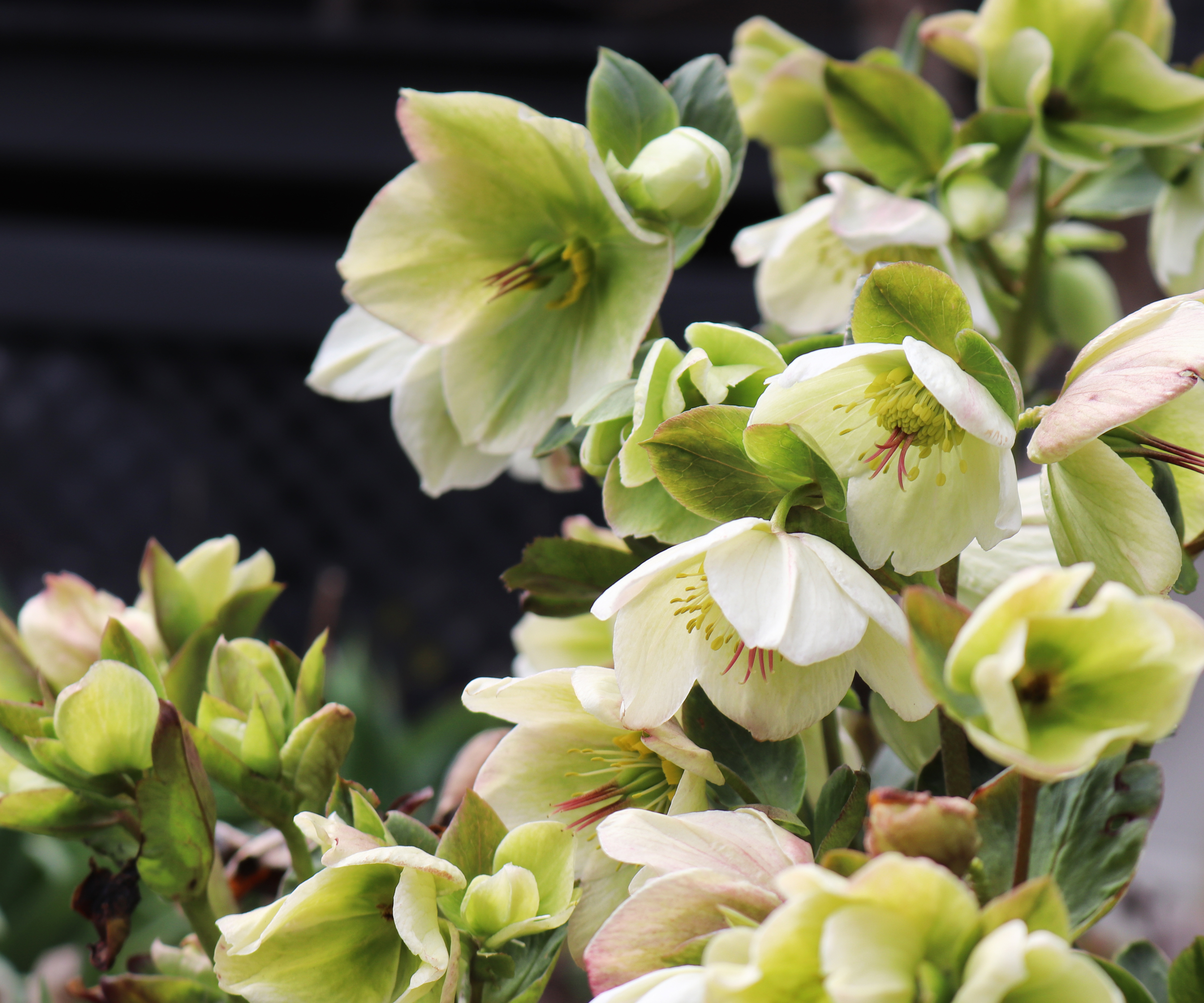
(Image credit: Katrin Ray Shumakov / Getty Images)
More Romantic Garden Inspiration
This article features products available from third party vendors on the Gardening Know How Shop. Keep in mind that our plant inventory is limited – so if you’re thinking of purchasing, don’t wait!
FAQ – Romantic Garden Ideas
Q1. What is a romantic garden?
A romantic garden is an outdoor space designed with soft colors, fragrant flowers, cozy seating, and elegant décor to create a dreamy, peaceful atmosphere.
Q2. Which flowers are best for a romantic garden?
Popular flowers include roses, peonies, lavender, wisteria, and hydrangeas because of their fragrance, color, and timeless appeal.
Q3. How do I design a romantic garden on a budget?
Start with affordable plants like lavender or climbing roses, add solar fairy lights, and use second-hand benches or garden décor for charm without high cost.
Q4. What are some must-have elements for a romantic garden?
Essential elements include soft lighting, fragrant flowers, comfortable seating, water features like fountains, and decorative arches or trellises.
Q5. Can a small space be turned into a romantic garden?
Yes. Use container plants, vertical trellises, hanging baskets, and compact furniture to create a cozy, romantic atmosphere even in small yards or balconies.


